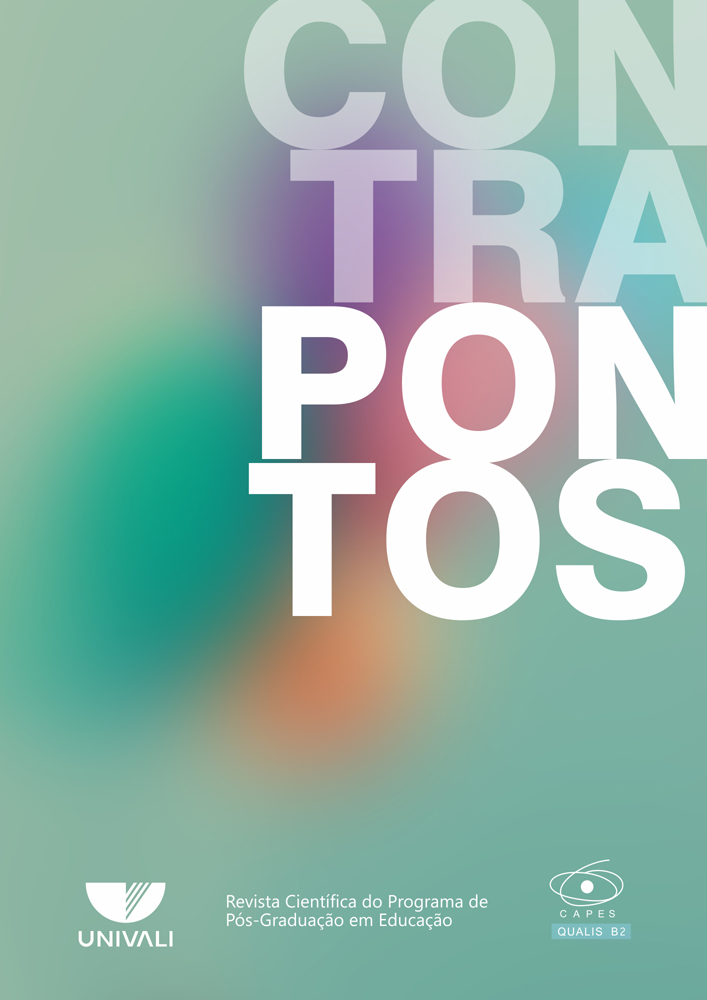BODY IMAGE OF THE KAINGANG IN THE 18TH CENTURY CORAN-BANG- RÊ
Published date: 07/03/2021

The work arises from the results obtained during the dissertation research, which focused on understanding the constitution of a series of iconographic documents that portrayed one of the first recorded contacts between the Kaingang indigenous people and the colonizers, in what is now the state of Paraná. It analyses the compositional outlines of the bodies of the Kaingang, drawn in a sequence of forty iconographies attributed to the military engineer Joaquim José de Miranda in the 18th century. De Miranda was commissioned to portray the tenth military expedition to the backlands of Campos de Guarapuava in 1771-1772, under the command of the Crown of Portugal, with the aim of raising strategies for the occupation of this region. Bearing in mind that among the vast iconographic production about the indigenous peoples of Brazil, there is very little material that presents the historical record of the Kaingang in the process of colonization of the state of Paraná, the guiding questions of this work were: What are the political and economic interests of the colony that prompted the iconographic body construction of this population? How did the fog (which in the Kaingang language means “a non-Kaingang person”) produce the image of the Kaingang body in the 18th century, as a border point at the center of the dynamics of contact, and secondly, which of the many historical angles do these images portray? To answer these questions, a documentary analysis was carried out, based on material determinations historically situated in the production of iconographies. The aim was to construct a dialogue between knowledge in the field of Visual Arts and Physical Education by bringing together studies on image and sociology of the body. In dialogue with hermeneutics, illustrations based on the iconological method developed by the art historian Erwin Panofsky (1892-1968) are interpreted, seeking to reconstruct the mode of production of the historical context of images at three levels of analysis. Through this research, it was verified that the indigenous body, situated in the relations of power, was given special attention from the colonizers, aiming at its characteristics and potentialities in their favor from the time of the first contacts between these populations in the 16th century. In the given juncture, the Kaingang body, in the 18th century, in addition to being the frontier point of contact between the military and the Kaingang, was seen as a point of war strategy to be used according to the colonial interests of this period. The images of this body were produced from a military logic, at the moment when the image was conceived as a means of projecting something, i.e., the outlines and the risks were designated an intention, such that there is a close relationship between the drawing and the political interests of the time. In light of these considerations, this research constitutes a part of the iconographic history of the Kaingang body, furthering a historical understanding and meeting educational demands in relation to this situation.






